There is some historical precedent: Countries from India to Argentina have used high tariffs — and a host of other trade restrictions — to protect nascent industries and “freeze” imports.
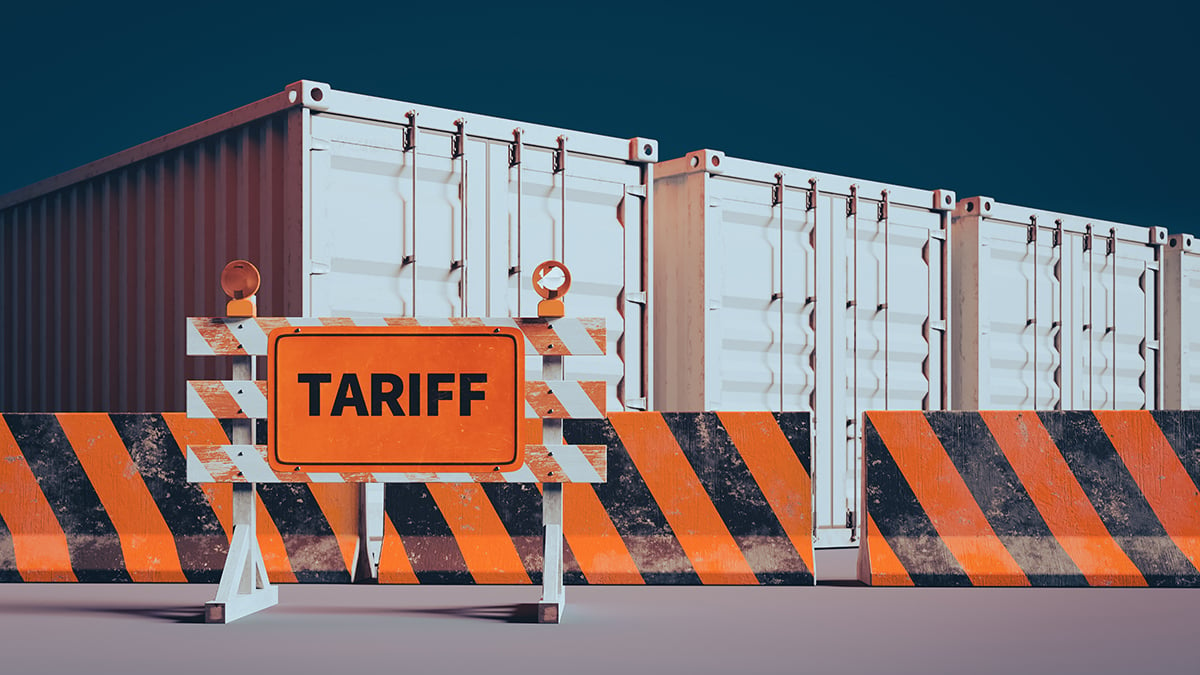
Tariff barriers can have both positive and negative effects on domestic production. Graphic: Smacna
In some cases, these measures have led to results that have pleased the protectionists, such as promoting automobile production in Asia and promoting refrigerator production in South America.
But tariffs and other measures also lead to more expensive goods and industrial stagnation, which could leave many countries mired in a cycle of slow growth, relying more on exporting natural resources than competing in fast-growing global sectors.
Here are four countries that have relied or are relying on tariff barriers and how they are doing:
Tariffs hurt India's competitiveness
India, in the decades after gaining independence from Britain in 1947, adopted a policy of import substitution with locally produced goods, designed to create domestic factories by leveling high tariffs.
However, this plan failed to create a dynamic high-growth economy for India.
In the two decades since the 1991 financial crisis, India has reduced its tariffs to an average of 13% from 125% for its trading partners. Its economy has jumped from the world's 12th largest to its current fifth.
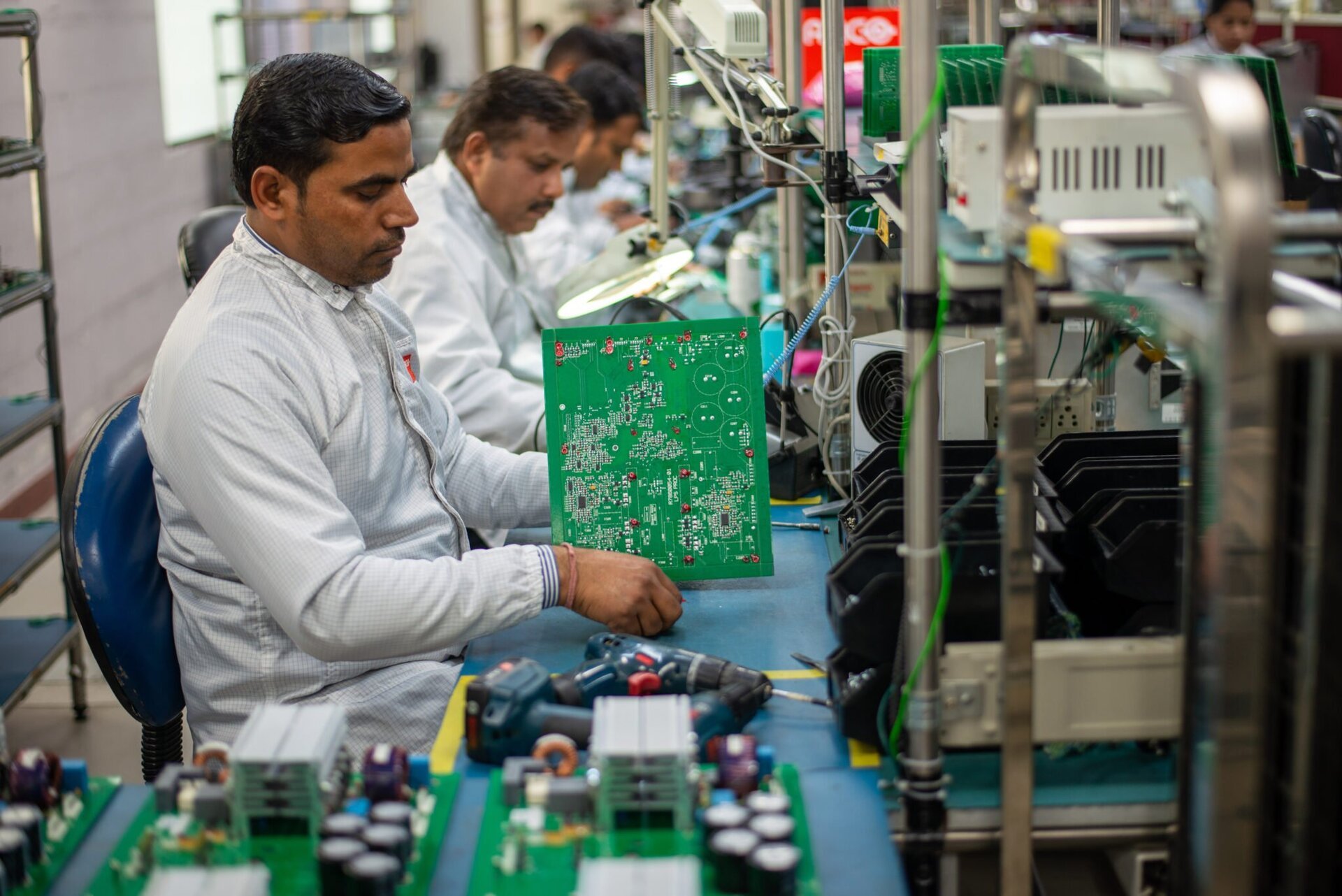
India's tariffs on electronic components are much higher than those of its trading rivals, making its electronics businesses less competitive. Photo: Techwire
But India has not abandoned protectionism: Tariffs remain high, and the country has yet to make the bold changes needed to cut red tape, reform labor laws and government agencies to create a competitive economy.
According to the India Cellular and Electronics Association (ICEA) 2024 report, the simple average tariff under the most-favoured-nation (MFN) regime for electronic components in India is 8.5%, higher than that of China (3.7%) and Vietnam (0.7%). This has a significant impact on the competitiveness of the domestic electronics manufacturing industry.
Or another example: In December 2023, India imposed anti-dumping duties ranging from 24.66% to 147.20% on industrial laser machinery imported from China, in order to protect domestic manufacturers.
Previously, in October 2017, India also imposed anti-dumping duties ranging from 4.58% to 57.39% on stainless steel products imported from the US, EU and China, to protect the domestic industry.
Korean success story
Unlike India, South Korea has shown that tariffs and other protectionist policies can, in some cases, yield the desired results.
The most obvious example is Hyundai Motors. Half a century ago, the group was protected by a ban on imported cars and then high tariffs. As a result of these protectionist policies, Hyundai rose to the top of the auto industry, becoming, along with sister brand Kia, the world’s third-largest automaker by global sales, behind Toyota and Volkswagen.
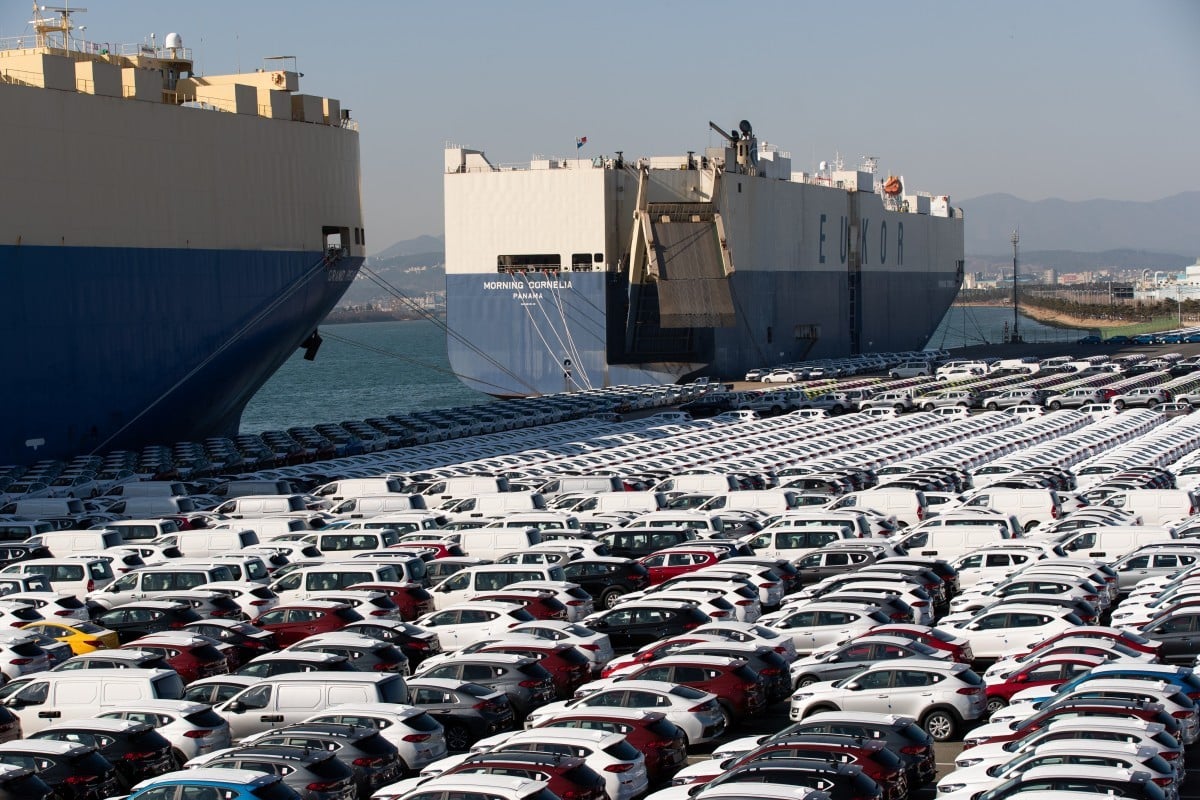
Thanks to the South Korean government's protectionist policies, the country's car manufacturers have risen to the top of the world and exported cars all over the world. Photo: Korea Herald
For South Korea, planning for an export-led future has paid off. And the same story applies to the East Asian nation's economy as a whole.
According to a recent analysis by Professor Emeritus of Economics Keun Lee from Seoul National University, South Korea imposed high tariffs on consumer goods throughout the second half of the 20th century.
Thanks to that, from being one of the poorest countries in the world after the Korean War, South Korea has risen to become the 4th largest economy in Asia and the 12th largest in the world in terms of gross domestic product (GDP), with 1,755 billion USD and GDP per capita reaching 36,024 USD.
“It can be argued that if Korea had opened up from the beginning without imposing tariffs, the Korean economy would not have succeeded in promoting domestic companies,” Professor Lee wrote.
South Korea's tariff policy has been carefully considered to allow exporters to access imported machinery at low tariffs, while helping companies comply with the discipline of the world market and maintain capitalism, Mr. Lee added.
Argentina is having to tear down the protectionist wall.
Argentina also shut down much of its economy in hopes of boosting domestic factories as the global “Great Depression” of 1929-1933 devastated what was once one of the world’s richest countries.
Over the following decades, successive populist leaders—from General Juan Perón in the 1940s to President Cristina Kirchner at the turn of the century—turned Argentina into one of the world's most closed democracies through a combination of tariffs, currency controls and import restrictions.
President Kirchner imposed tariffs of up to 35 percent on imported electronics and imposed other strict import restrictions. Those measures initially created thousands of high-paying jobs as Argentine factory workers assembled Samsung TVs and Nokia cell phones.
But the policy also created inefficient businesses at huge costs to the treasury and taxpayers. Consumers received inferior products and paid twice as much for a television made in Argentina as a customer in neighboring Chile, a free market.
“The level of protectionism that Argentina has adopted does not help the economy and creates a lot of inefficiency,” said Pablo Guidotti, an economist at Torcuato Di Tella University in Buenos Aires.
Protectionism has made some of the world's most popular tech products, such as the iPhone, unavailable, forcing Argentines to pay high prices on the "black market" or go abroad to buy them.
To remedy this, Argentina under President Javier Milei is making a concerted effort to cut regulations, cut public spending and prepare for free trade.

President Javier Milei is removing many tariff barriers and opening up Argentina's economy. Graphics: Dreamstime
From his inauguration on December 10, 2023 to December 7, 2024, Milei's administration implemented 672 regulatory reforms, an average of 1.84 reforms per day. Of these, 331 regulations were repealed and 341 were amended.
Among Argentina's notable reform efforts is the elimination of the PAIS import tax. This tax is levied on foreign currency purchases to pay for goods and services from abroad and was applied from the end of 2019. The elimination of the PAIS tax has contributed to reducing inflation and stimulating economic growth in Argentina.
There is also the "open skies" policy, when Mr. Milei's government increased the number of airlines operating in Argentina and eliminated preferential regulations for the national airline Aerolíneas Argentinas.
Nigeria, the land of smugglers and kingpins
Africa's fourth-largest economy has an average tariff of 12% across all products, with effective tariffs of 70% or more on luxury goods, alcohol, tobacco and similar products, the International Trade Administration (ITA) said.
Nigerian smugglers have taken advantage of this, smuggling everything from rice to cars into the country – goods that, despite trade protections, Nigeria does not produce in sufficient quantities to satisfy the local market.
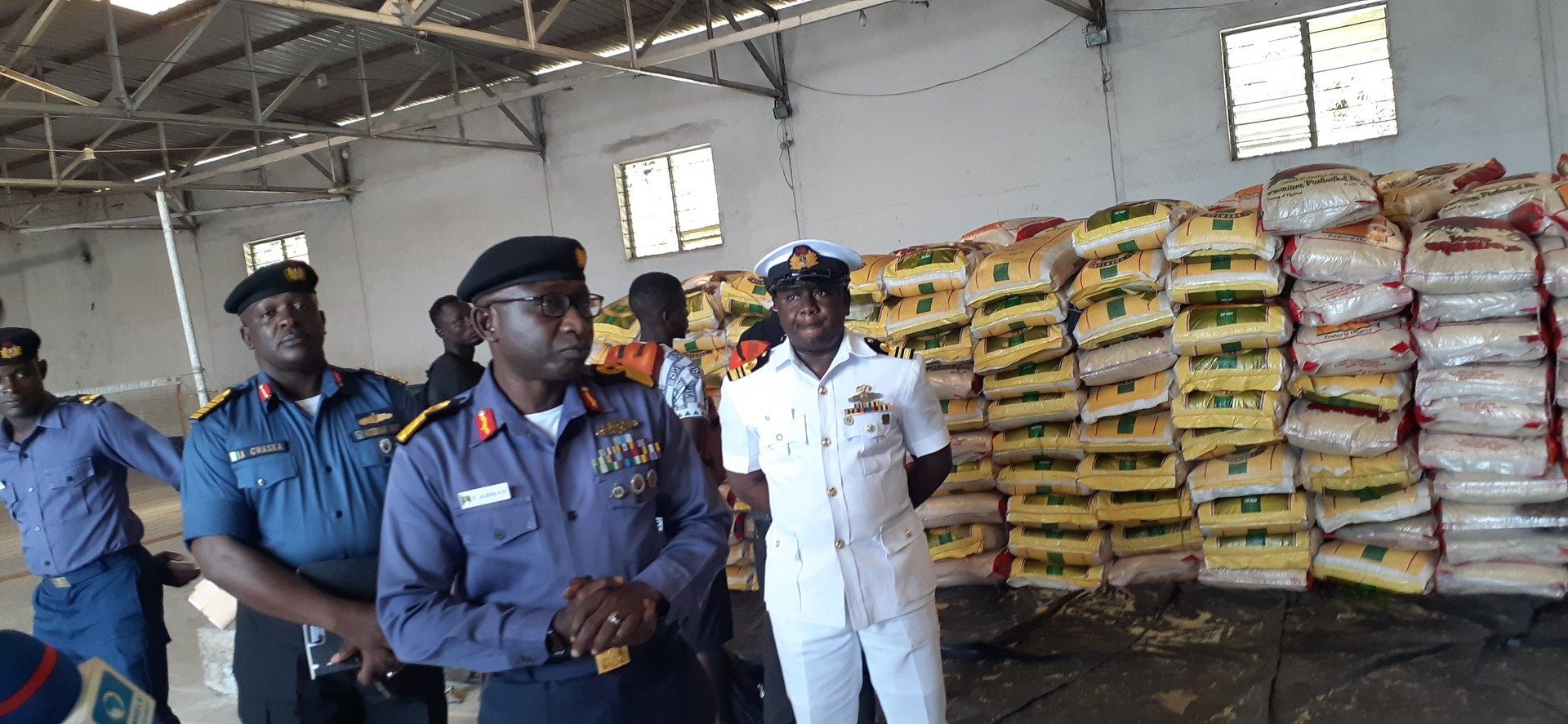
Nigerian authorities bust a rice smuggling case. Photo: The Sun Nigeria
For a small number of businesses protected by tariffs and other barriers, this has meant an opportunity to amass wealth. The most prominent is Africa’s richest man, Aliko Dangote, whose fortune is made in cement, sugar, salt and other commodities.
“First of all, there has to be tariffs to create opportunities,” said Samuel Aladegbaye, an analyst at Zedcrest Group, a financial services firm based in Lagos, Nigeria’s capital. “But if you have only one person who can take advantage of the opportunity, then you can have a monopoly.”
Dangote denies that he has created a monopoly, insisting that anyone is free to make the same risky investment decisions he has made. But the 67-year-old businessman has been Nigeria's richest man for 13 consecutive years and has yet to see anyone take his place.
Nguyen Khanh
Source: https://www.congluan.vn/bao-ho-bang-thue-quan-va-nhung-bai-hoc-cua-mot-so-quoc-gia-post341562.html


![[Photo] Prime Minister Pham Minh Chinh receives Mr. Jefferey Perlman, CEO of Warburg Pincus Group (USA)](https://vstatic.vietnam.vn/vietnam/resource/IMAGE/2025/4/18/c37781eeb50342f09d8fe6841db2426c)



![[UPDATE] April 30th parade rehearsal on Le Duan street in front of Independence Palace](https://vstatic.vietnam.vn/vietnam/resource/IMAGE/2025/4/18/8f2604c6bc5648d4b918bd6867d08396)




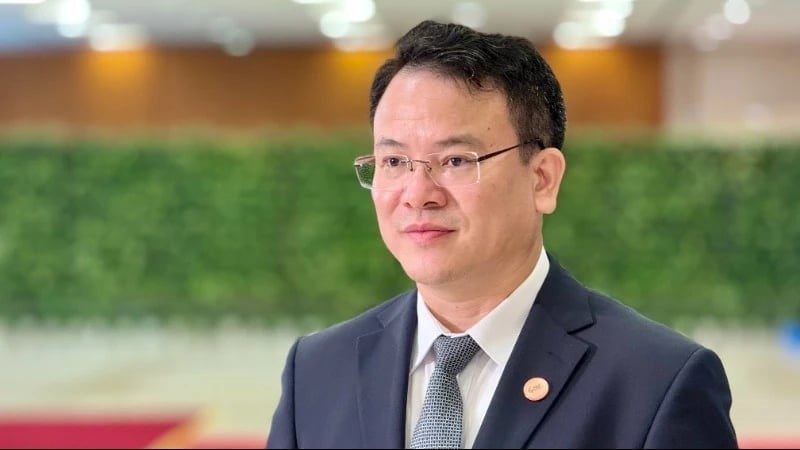
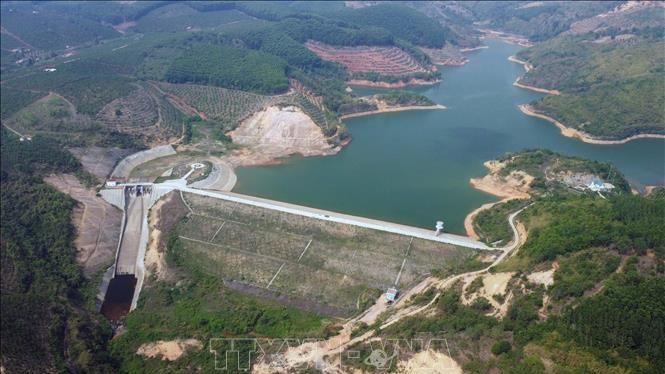
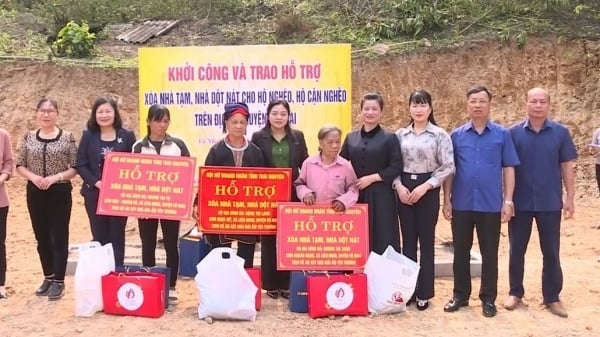




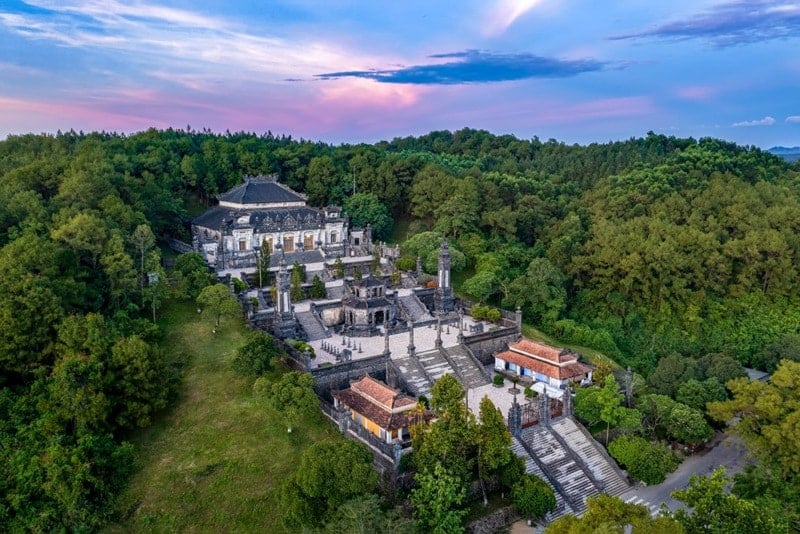


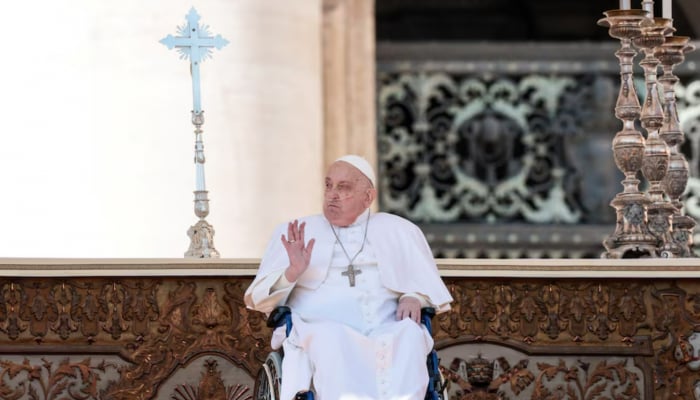
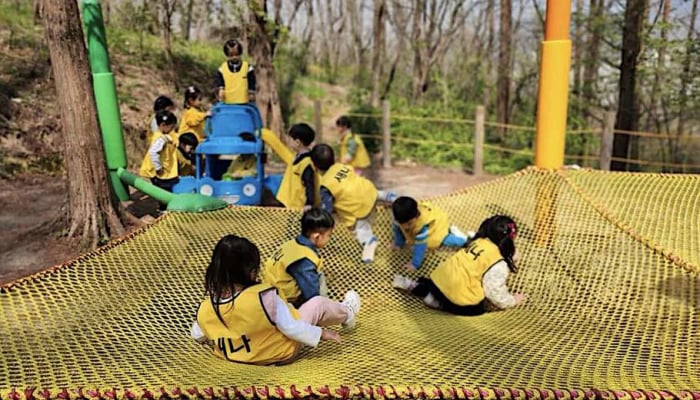
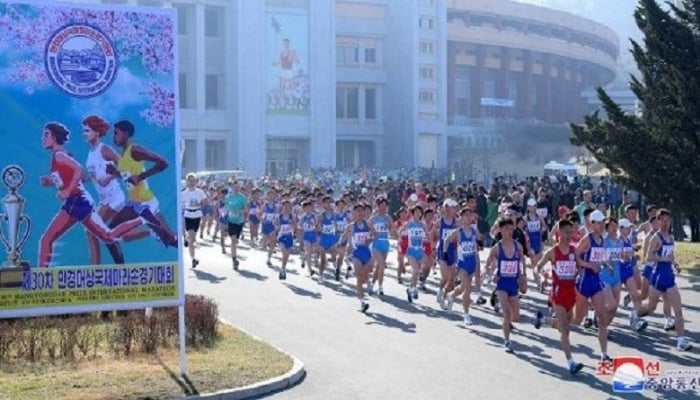

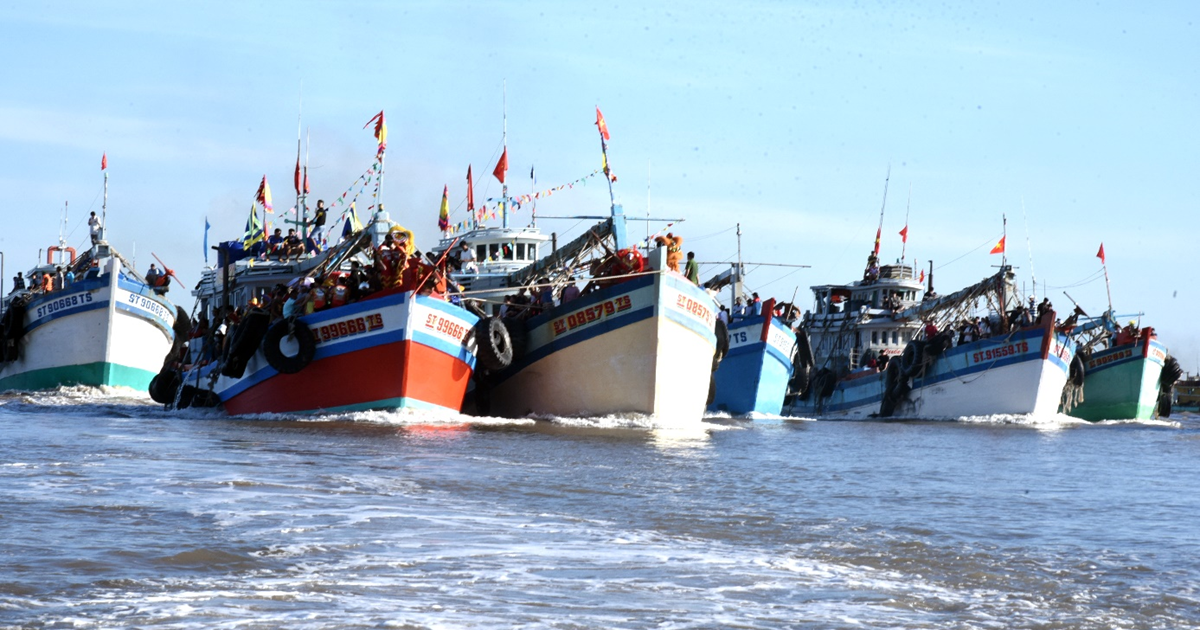




















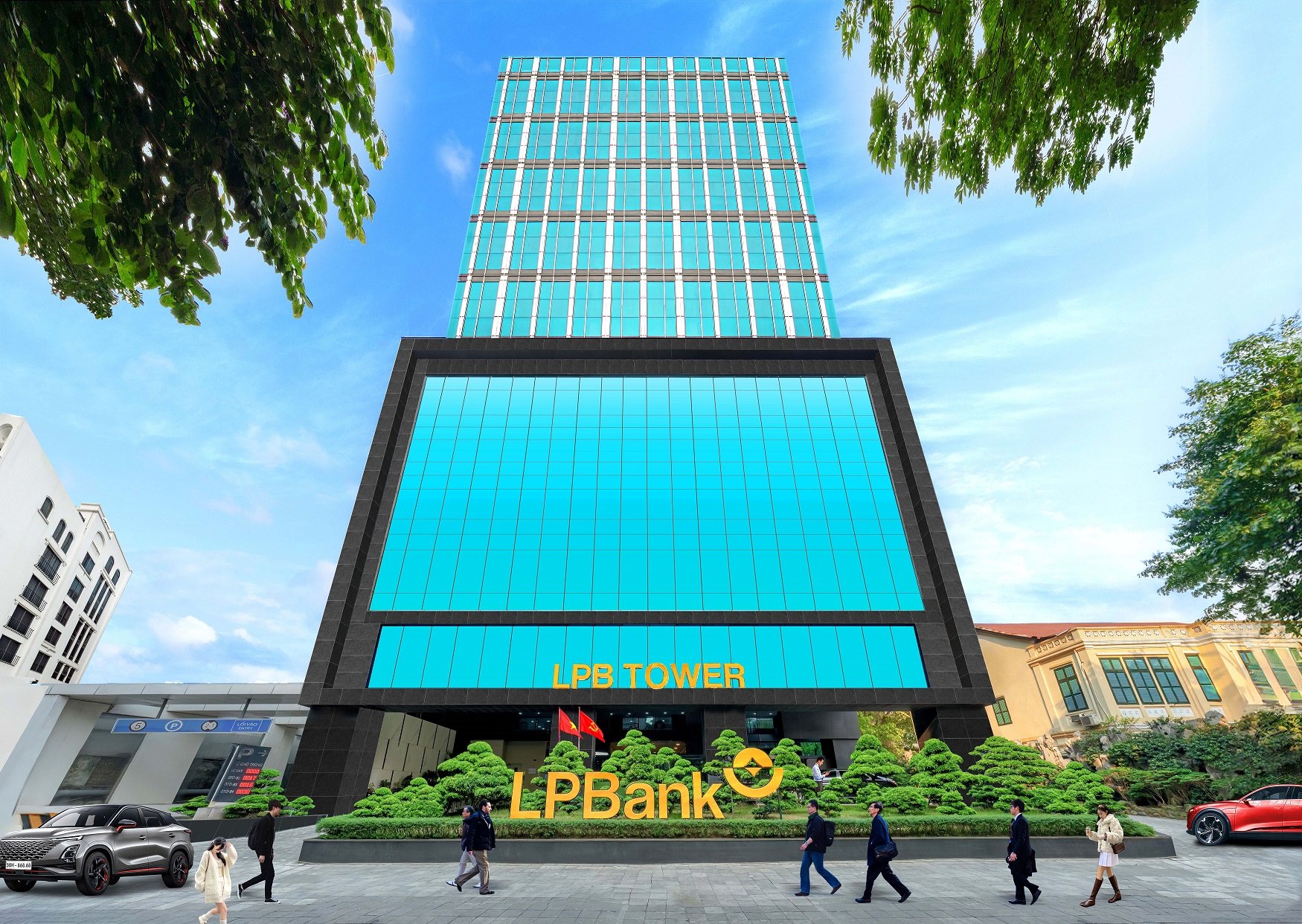








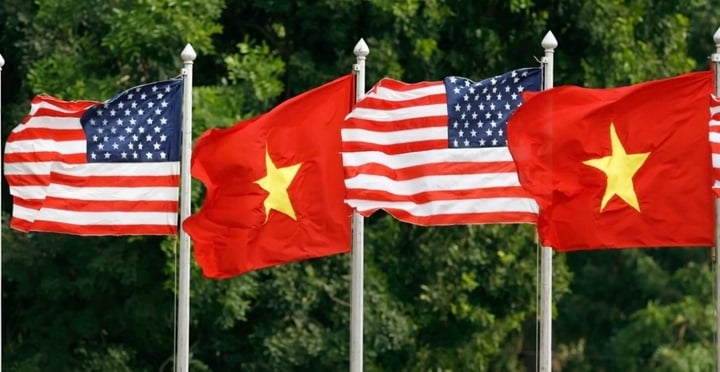

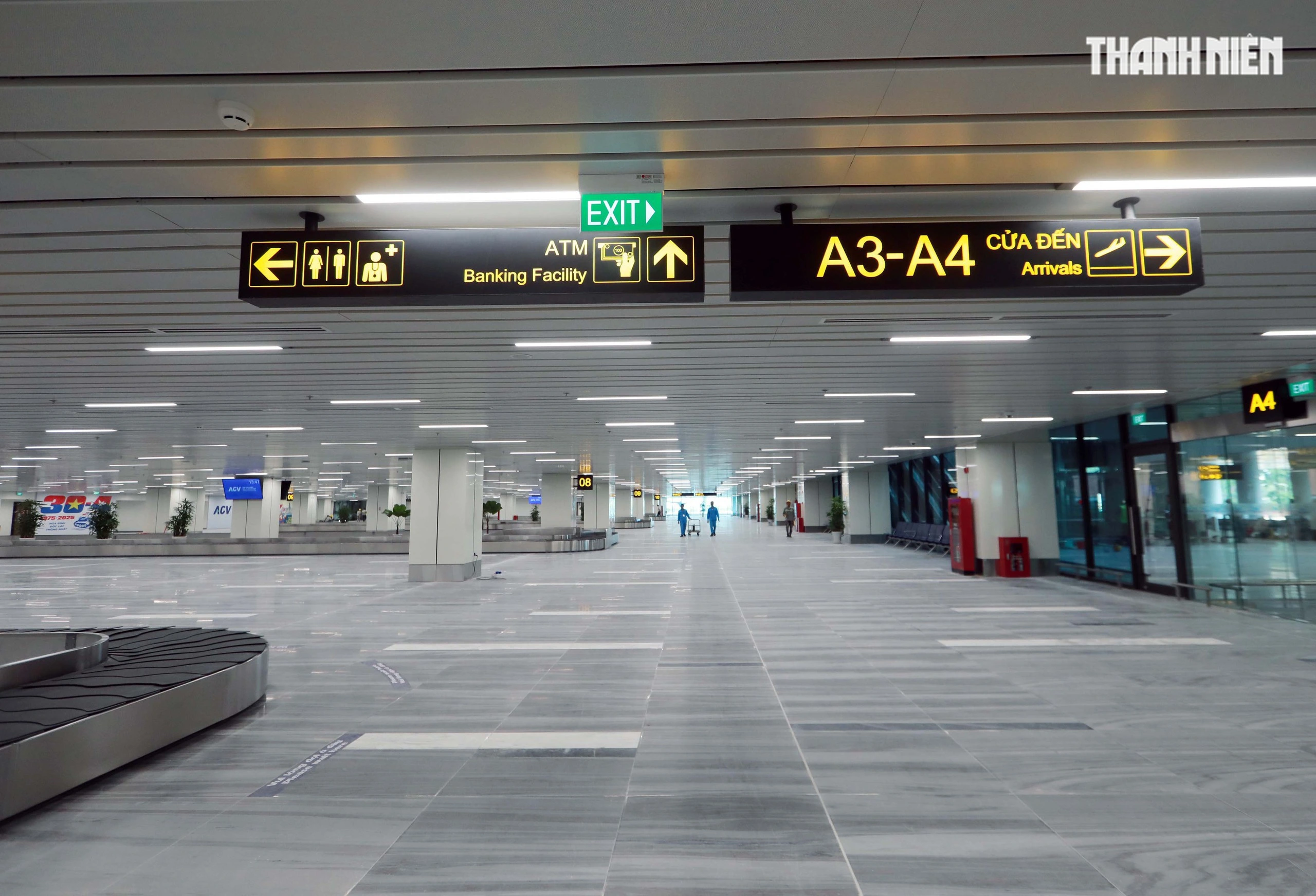
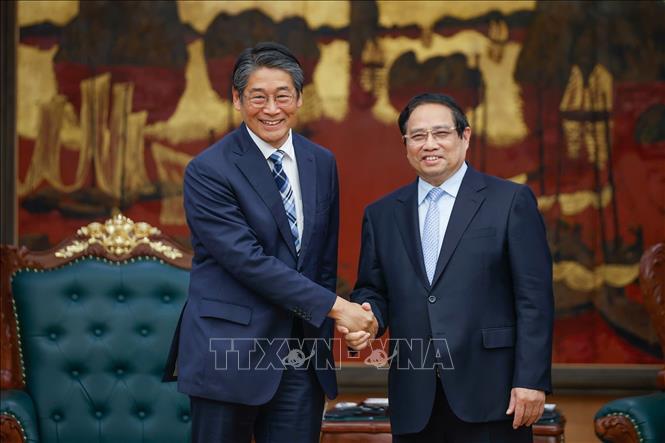



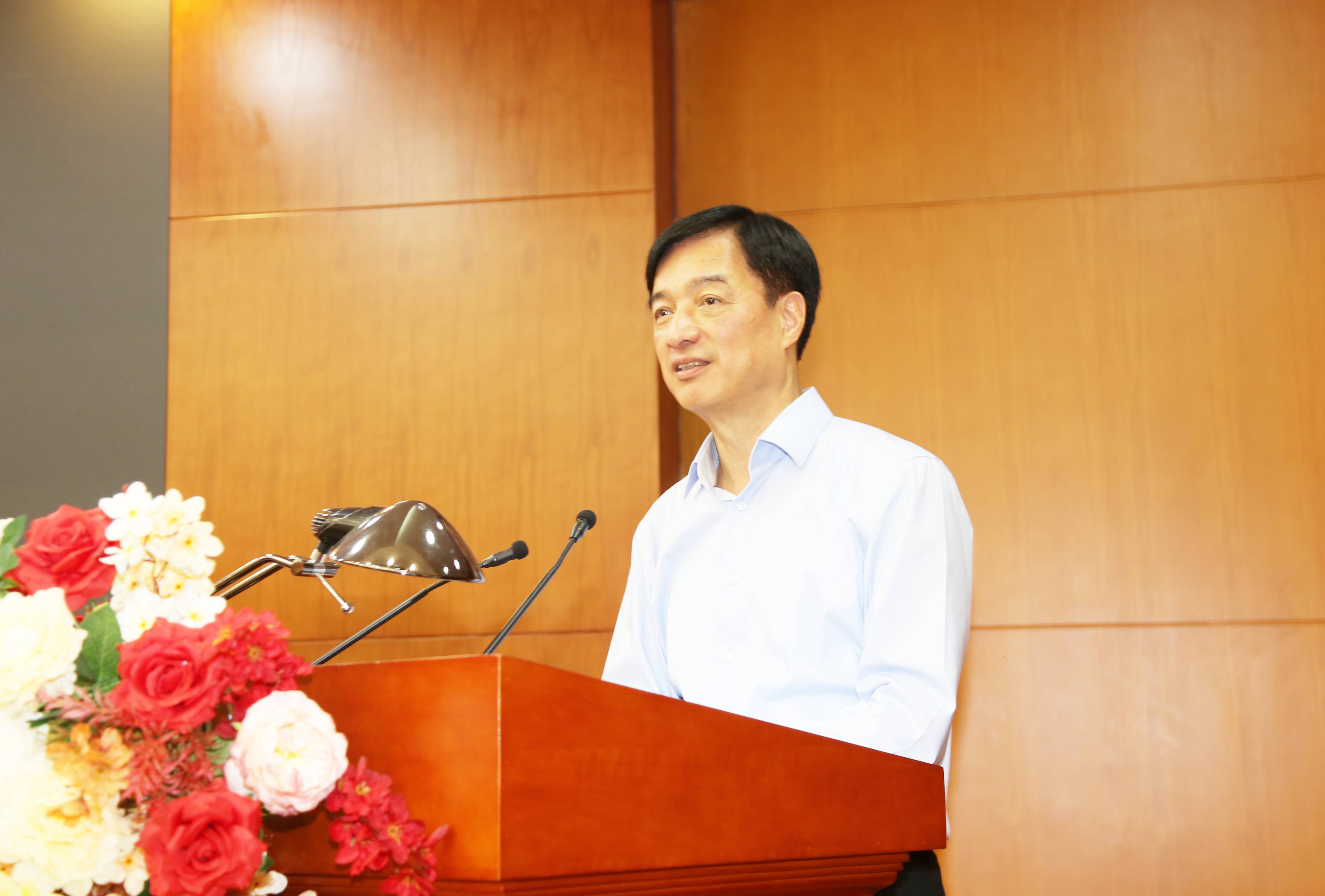





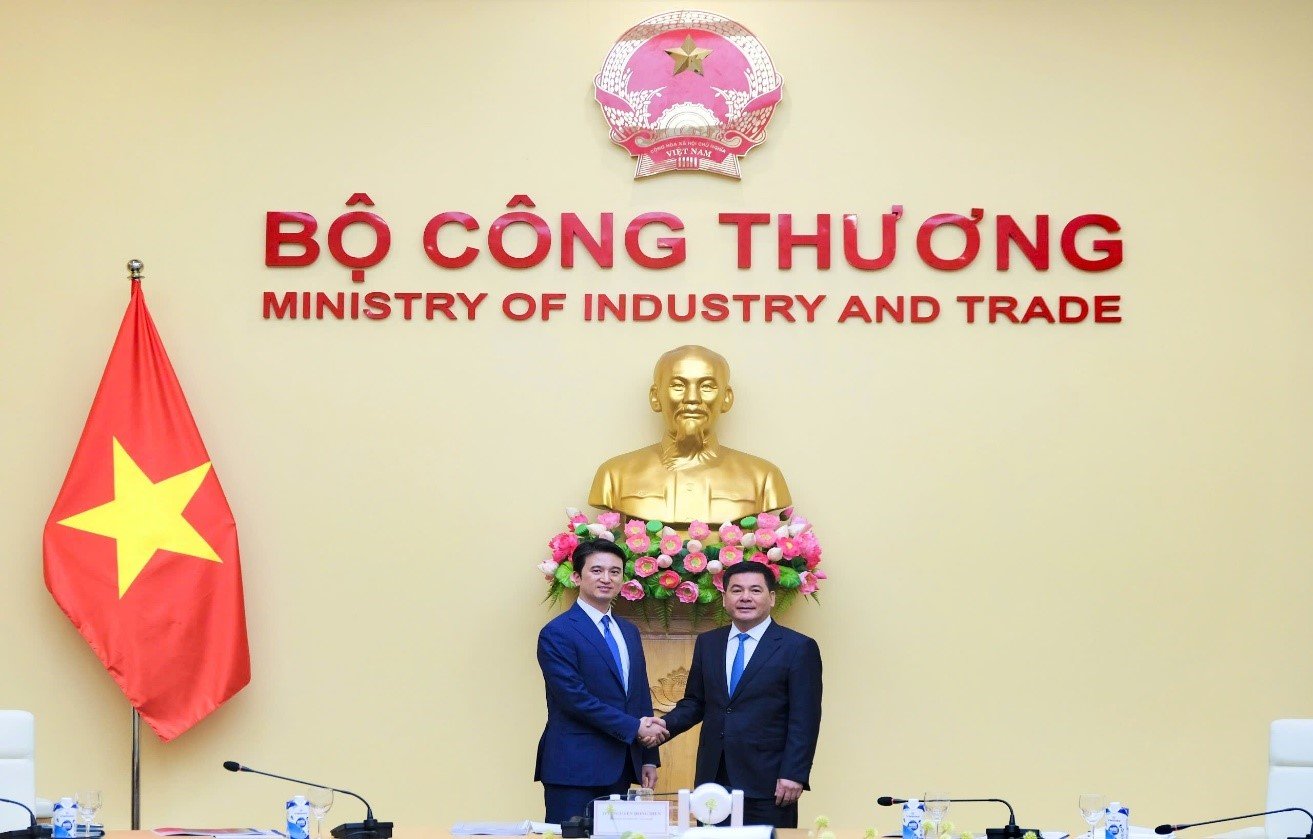

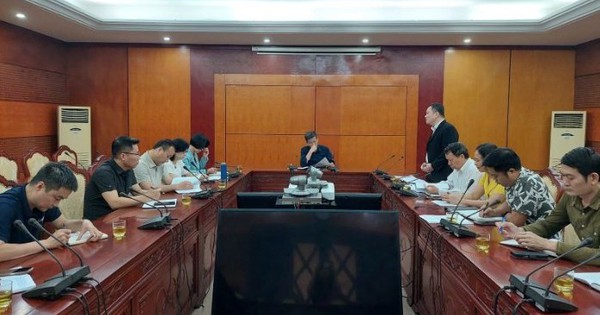



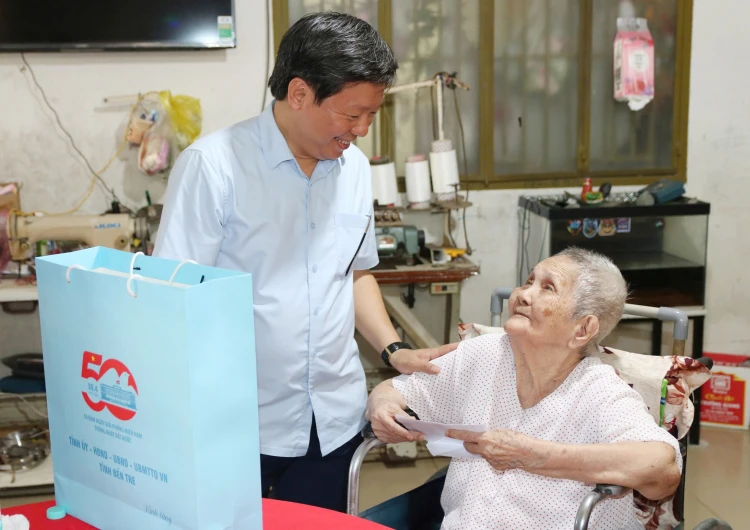



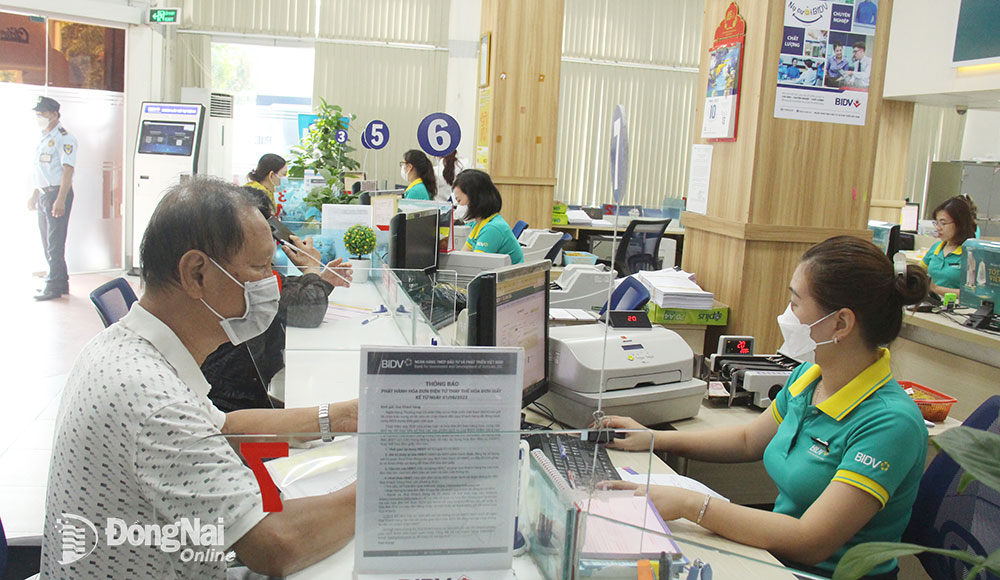












Comment (0)